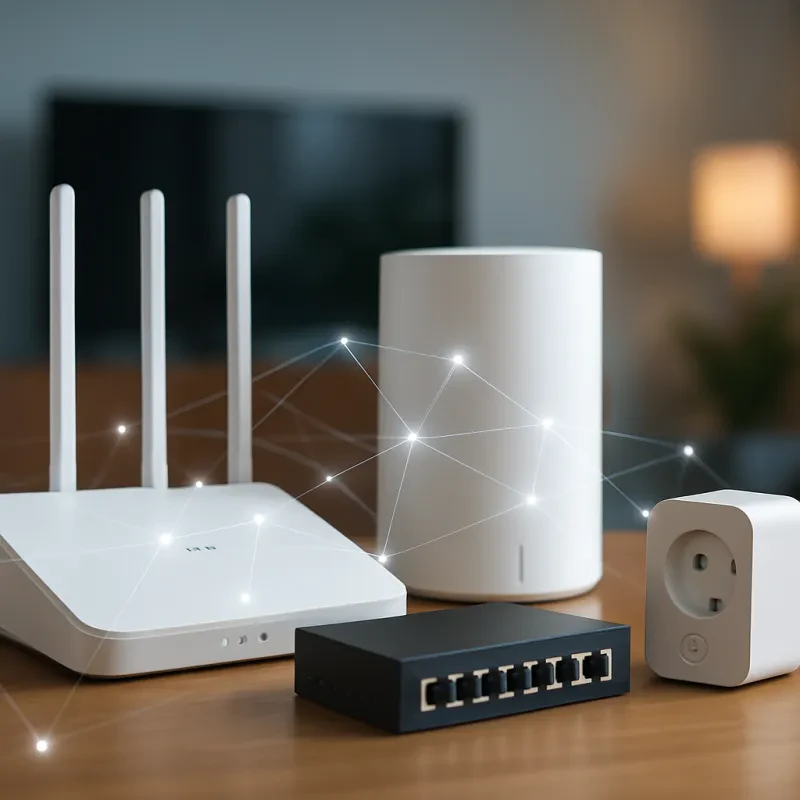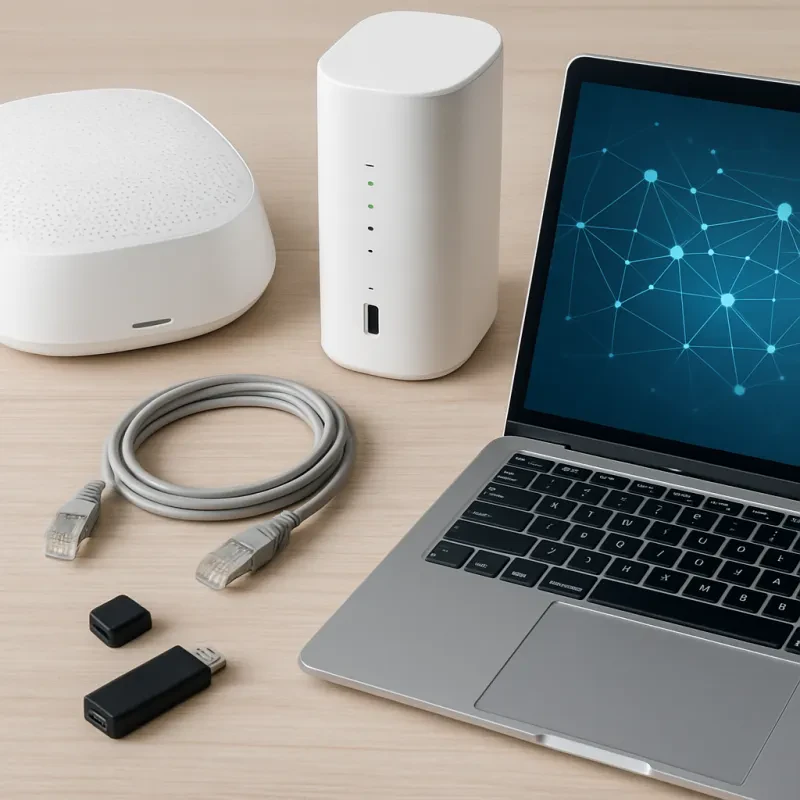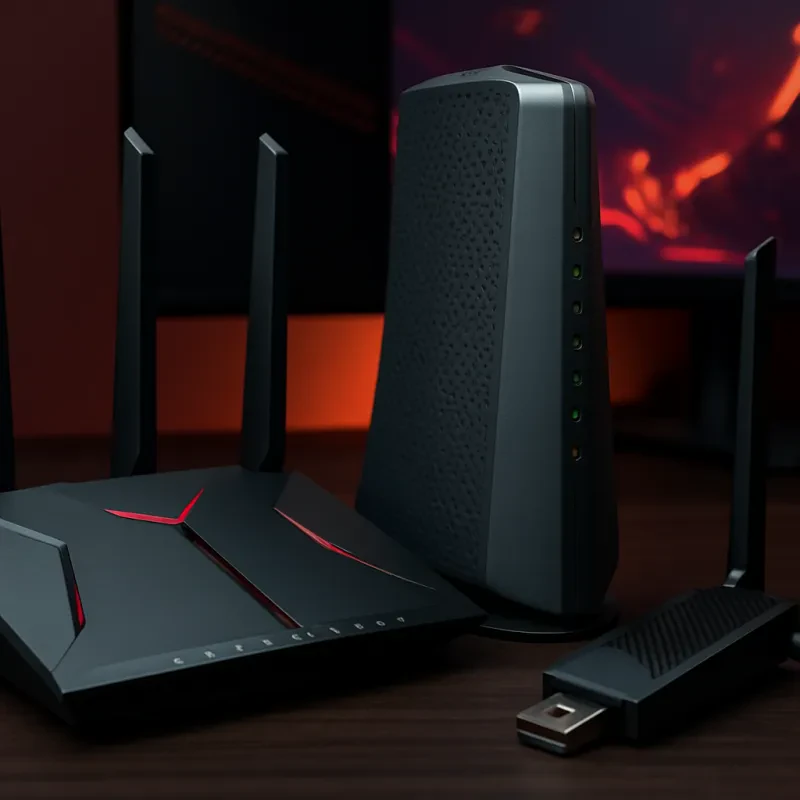When it comes to setting up a network, choosing the right topology is essential for ensuring optimal performance and efficiency. Different network topologies offer various benefits to suit different needs and requirements. Let's explore some of the advantages of popular network topologies to help you decide which one is the best fit for your setup.
One of the most common network topologies is the star topology, where all devices are connected to a central hub. This design simplifies troubleshooting and maintenance as each device can be easily isolated and accessed. It also allows for easy scalability, making it ideal for expanding networks. The star topology provides high reliability as the failure of one device does not affect the rest of the network.
On the other hand, a bus topology is a cost-effective solution that uses a single cable to connect all devices in a linear fashion. This topology is easy to set up and requires minimal cabling, making it suitable for small networks with limited resources. However, the bus topology is susceptible to congestion and collisions, which can impact network performance in larger setups.
For larger networks that require high levels of fault-tolerance, a mesh topology may be the best option. In a mesh topology, every device is connected to every other device, creating multiple paths for data transmission. This redundancy ensures that if one connection fails, data can still be routed through alternate paths. While mesh topologies are complex and expensive to deploy, they offer unparalleled reliability and performance in critical applications.
Comparing Network Topologies for Your Business
When setting up a network for your business, it's important to choose the right topology that will best suit your needs. There are several different types of network topologies to consider, each with its own advantages and disadvantages. Two common types of network topologies are bus and star.
A bus topology is a simple and cost-effective option that consists of a single cable running through all the computers in the network. This type of topology is easy to set up and requires less cable than other types, making it a good choice for small businesses with limited resources. However, a downside to a bus topology is that if the main cable fails, the entire network can be affected.
On the other hand, a star topology connects all computers to a central hub or switch, creating a more reliable and scalable network. Each computer has its own connection to the central hub, which can easily be expanded as the business grows. While a star topology may require more cabling than a bus topology, it allows for better performance and easier troubleshooting.
When comparing network topologies for your business, consider factors such as the size of your network, budget, and future growth plans. Choosing the right topology can enhance your business operations and ensure a smooth and efficient network setup.
Factors to Consider When Selecting a Topology
When selecting a network topology for your organization, there are several factors to consider in order to ensure that you choose the right one for your specific needs. One of the first things to consider is the size of your organization and the number of devices that will need to be connected to the network. Larger organizations may require a more complex topology, while smaller organizations may be able to get by with a simpler setup.
Another important factor to consider is the level of reliability and redundancy that your network requires. If your organization relies heavily on having constant access to the network, you may want to consider a topology that provides built-in redundancy to ensure that there are no single points of failure. On the other hand, if your organization can afford to have some downtime, you may be able to get by with a less redundant setup.
Lastly, it is important to consider the cost of implementing and maintaining the chosen network topology. Some topologies may require more expensive hardware or more specialized expertise to set up and maintain, while others may be more cost-effective but offer fewer features. It is important to weigh the pros and cons of each topology based on your organization's budget and resources before making a decision.
Finding the Best Network Topology for Your Needs
When it comes to setting up a network for your home or office, choosing the right topology is essential for ensuring smooth communication and data transfer. There are various types of network topologies to choose from, each with its own strengths and weaknesses. Understanding your needs and the pros and cons of each topology can help you find the best fit for your situation.
One popular option is the star topology, where all devices are connected to a central hub or switch. This design is simple to set up and troubleshoot, making it ideal for small to medium-sized networks. However, if the central hub fails, the whole network could go down, so it may not be the best choice for critical systems.
For larger networks, a mesh topology might be a better option. In this setup, every device is connected to every other device, creating redundant paths for data to travel. This redundancy makes the network more reliable, but it can be costly to implement and difficult to manage as the network grows.
Another common choice is the bus topology, where all devices are connected to a single cable. While this design is inexpensive and easy to set up, performance can suffer as more devices are added to the network. It's important to weigh the benefits and drawbacks of each topology before making a decision to ensure you choose the best option for your needs.


